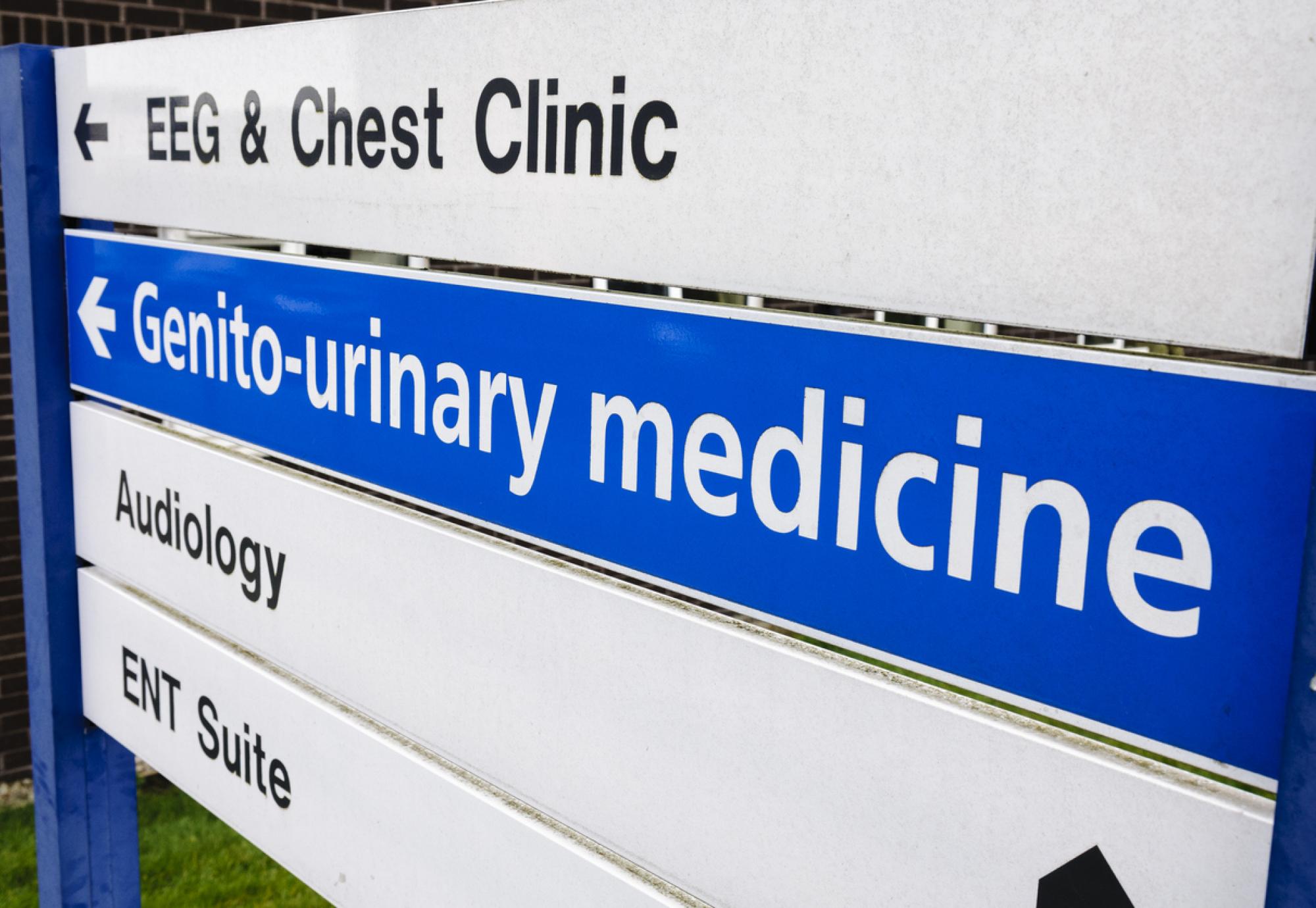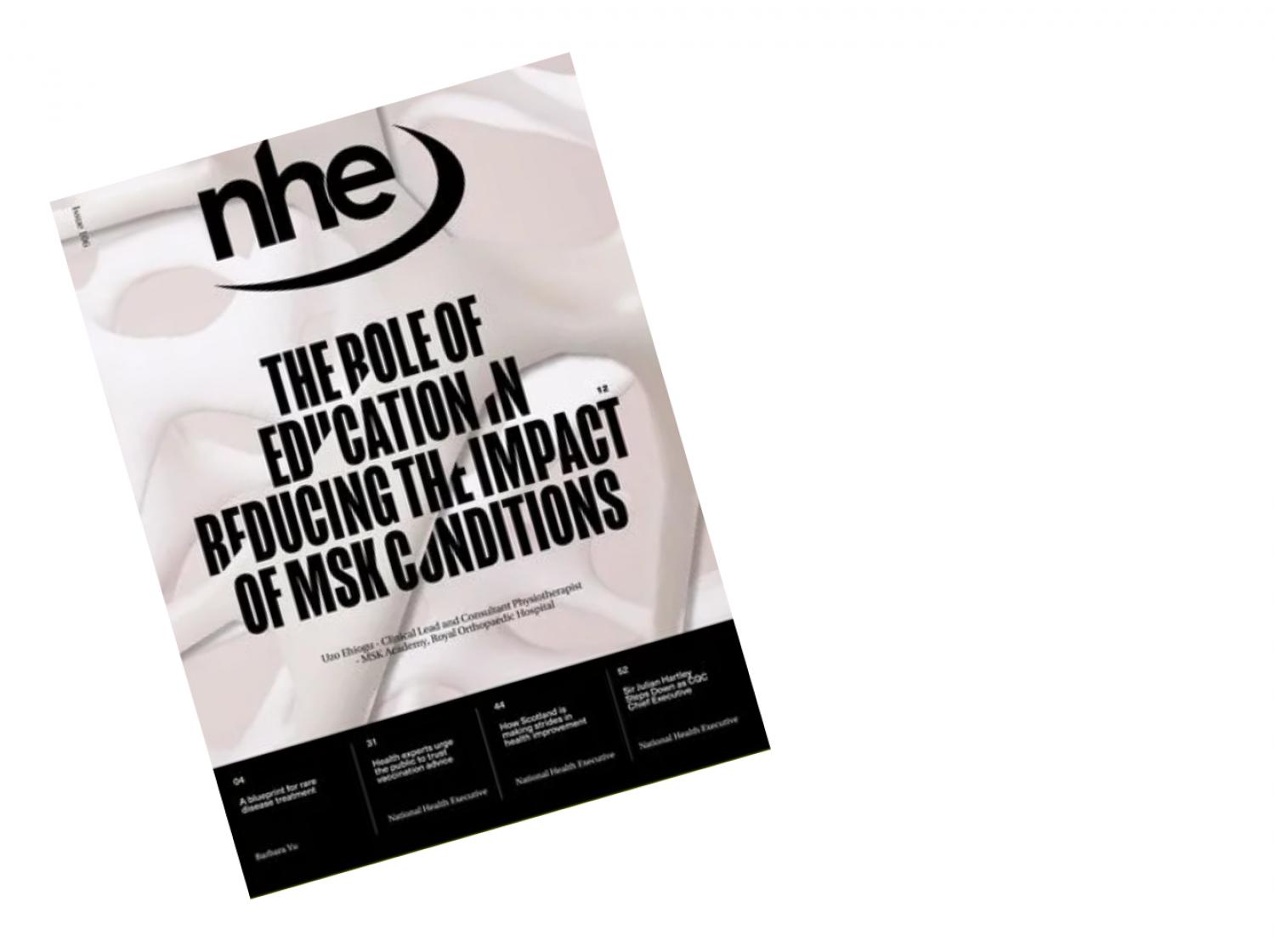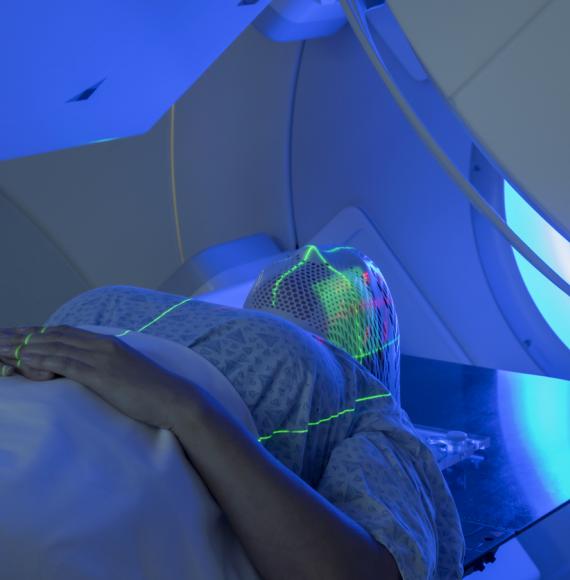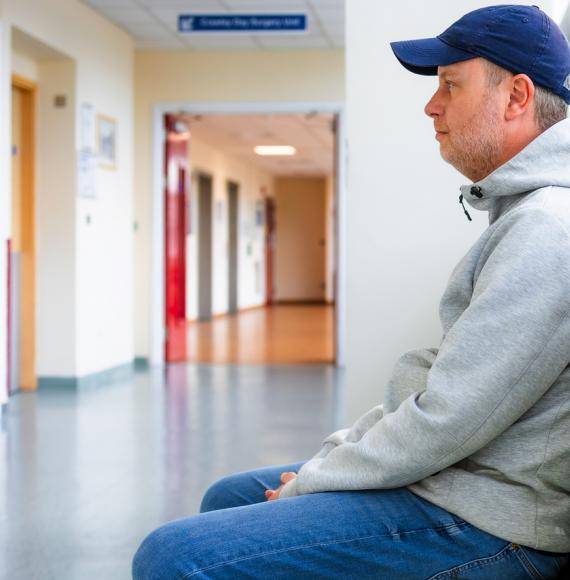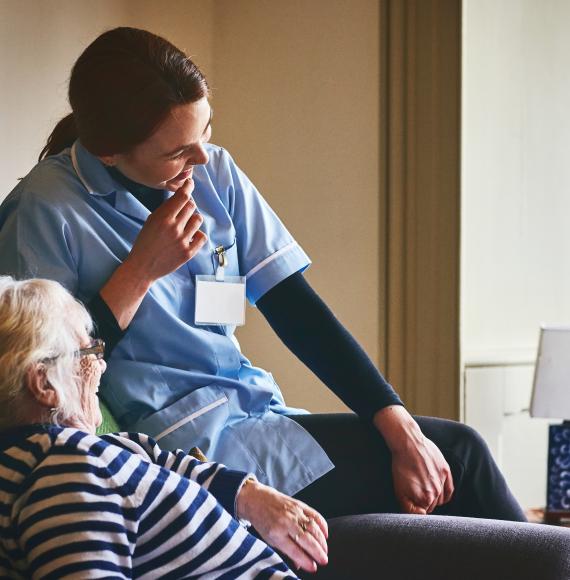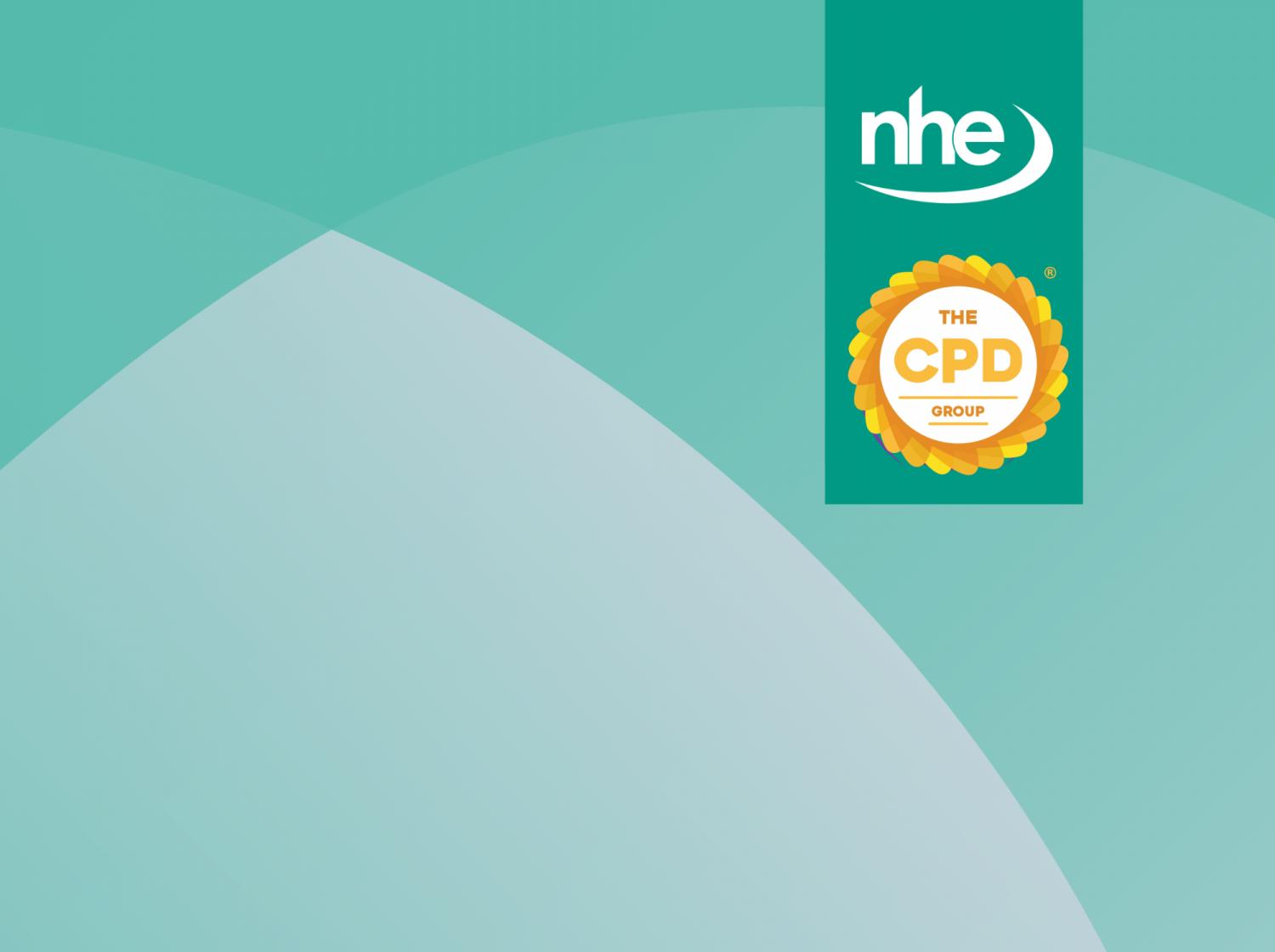Local leaders are calling for the next government to develop the first sexual health strategy since 2001, after new figures from the UK Health Security Agency (UKHSA) showed a rise in sexually transmitted infections (STIs) such as gonorrhoea and syphilis.
The UKHSA annual report compares STI data from 2022 and 2023 while also observing some trends from the last decade.
The research indicates that there were 401,800 diagnoses of new STIs last year, which is an increase of 4.7% from 2022.
Infectious syphilis diagnoses increased by 9.4% from 8,693 in 2022 to 9,513 last year; a similar 7.5% increased was observed in gonorrhoea diagnoses, which went up from 79,268 to 85,223 over the year. This represents a 114% and 129% increase in syphilis and gonorrhoea diagnoses respectively since 2014.
Responding to the news, the Local Government Association (LGA) — which represents councils responsible for commissioning sexual health services — says that a 10-year plan is needed to address the growing issue.
“Councils want to continue encouraging more people to visit their local sexual health clinic, in particular under-served communities,” said councillor David Fothergill, who is chairman of the LGA’s community wellbeing board.
He added: “However, today’s figures show sexual health services continue to face rising demand pressures.
“This is why we are calling for a new 10-year strategy to tackle infection rates, and ensure that sexual health services are properly funded and resourced in the long-term.”
Contraception access issues and spiralling demand make up the “perfect storm” that is causing the rising infection rates, according to the LGA.
The call for a national strategy is being backed by the British Association for Sexual Health and HIV (BASHH).
“We find ourselves at a critical point for securing the viability of sexual health services,” explained BASHH president, Professor Matt Phillips.
The number of consultations delivered by sexual health services in England during 2023 increased by 5% from 2022 — 4,392,466 to 4,610,410.
Around 49.1% of all consultations were delivered face-to-face, with 42.3% delivered online and the residual 8.6% over the phone.
Although chlamydia diagnoses remained relatively stable from 2022 to 2023 — staying within the 194,000 range — it still accounted for highest proportion of new STIs last year, with 48.5%.
Professor Matt Phillips added: “The worrying trajectory of new STI diagnoses are a sign of increased unmet needs for those who require sexual health care, particularly those in minoritised communities and those who might prefer face to face services, and underline the need for a long-awaited and much needed strategy for sexual health.
“From recruitment challenges, to public health funding, to ensuring the right experts are supporting every clinic, the next government has an opportunity to change the tides and address these barriers to ensure everyone has timely access to expertise to support good sexual health and wellbeing.”
Image credit: iStock

